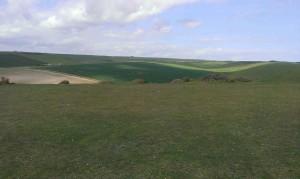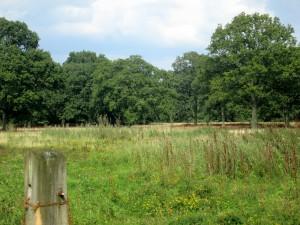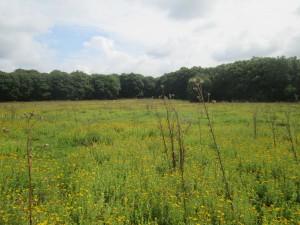This post is one of a series on Landscape and Visual Impact Assessments (LVIA) with case studies. The other title in the series include:
Ecology in LVIA; Value of Fauna and flora in LVIA reports in Sussex
Mitigation in LVIA in Sussex, Hampshire, Surrey, Kent
Importance of Cumulative Effects and LVIAs in Sussex, Kent and Surrey
LVIA reports in Sussex, Kent and Surrey

Tips for successful LVIAs in Sussex, Kent, Surrey, Hampshire and Wiltshire.
Tip 1 – Using a Baseline Assessment Check list.
Tips for successful LVIAs in Sussex, Kent, Surrey, Hampshire and Wiltshire. LVIAs can be required for developments in protected, sensitive landscapes; Areas of Outstanding Natural Beauty (AONBs) like High Weald, Kent and Sussex. LVIAs are required for developments in National Parks, in New Forest or South Downs. If there is a National Nature Reserve or SSSI nearby; LVIAs will be required to determine landscape effects. The South Downs National Park have published Assessing Impacts on the Landscape, Wildlife and Cultural Heritage of the South Downs National Park. The Baseline Assessment Checklist contained in this document helps the South Downs National Park Authority to decide if an LVIA is required. If you require help, Landvision can advise on filling in this checklist. Ring us on 01892 782200.
Tip 2 – A general tip.
Another top Tips for successful LVIAs in Sussex or Kent is to use the Pre Application Advice service offered by the Local Planning Authority. Officers will give you feedback on your proposal and what they will require in terms of surveys and reports they may require to help a planning submission. We would recommend using a Town Planner at this stage (See the RTPI Website for help). The town planner will know about the national and local planning policies. National and local planning policy framework has been in a state of flux for several years and it can be difficult for lay people to understand which polices are currently in use. Knowing this is important as the policies guide planning officers when they decide whether to support an application or not.
Tip 3 – Use Scoping
Use a qualified Landscape Architect (such as Landvision) to do your scoping. Scoping determines the level of work in the LVIAs in Sussex, Kent, Surrey, Hampshire and Wiltshire. This scoping helps to set the level of LVIA and size of study area required. Scoping helps to ensure that visual amenity of landscape is analyses. LVIA scoping can also ensure that scale of proposed development and location feed into size of LVIA. This can save the client time and money.
(See our Landvision blog for details.)
Tip 4 – Large scale developments tend to require LVIAs.
Generally speaking, larger scale developments, require comprehensive LVIAs in Essex, Kent and Sussex. For example, an mining operation in an AONB in Kent or Sussex will need to show potential landscape or visual effects. Plus there will often be a need to look at mitigation. Restoration and after care of landscapes are a normal part of LVIA mitigation for a large scale project which may have significant adverse landscape effects or visual impacts. Landvision can help to advise on the restoration and management of landscapes.

Tip 5 – Culture and History in LVIAs.
LVIAs in historic landscapes such as Ancient Semi- Natural woodland in Wiltshire, Surrey, Sussex and Kent, have strong cultural associations. That is, landscape character,local identity, sense of place are linked to history. So, LVIAs in these historic areas must cover the culture and heritage of these historic landscapes. There is normally a need for mitigation in historic areas as part of LVIAs in Essex, Hampshire and Wiltshire. In order to protect these sensitive, irreplaceable, landscapes, specialist historic studies, can be required. For example, archaeological digs of old charcoal pits or of old marl pits in woods in Sussex, or heritage studies of industrial historic landscapes, such as old tanneries along Roman roads in Kent, Sussex and Hampshire. The latest LVIA Guidelines (3rd Edition) place greater emphasis on the value of historic and heritage landscapes; to be included in any LVIA baseline studies in Kent, Sussex and Surrey.
Tip 6 – Cumulative effects.
Don’t forget to assess and look for any Cumulative Effects in the LVIA of the development. Cumulative effects can occur on older, more complex, larger projects. That is, where new developments are added to already existing buildings and developed areas. The LVIAs undertaken in Kent, Sussex and Hampshire and the proposed mitigation they require will take these different cumulative effects into account.
For more information or to discuss your next project call Landvision now on 01892 782200.
Save
Save

